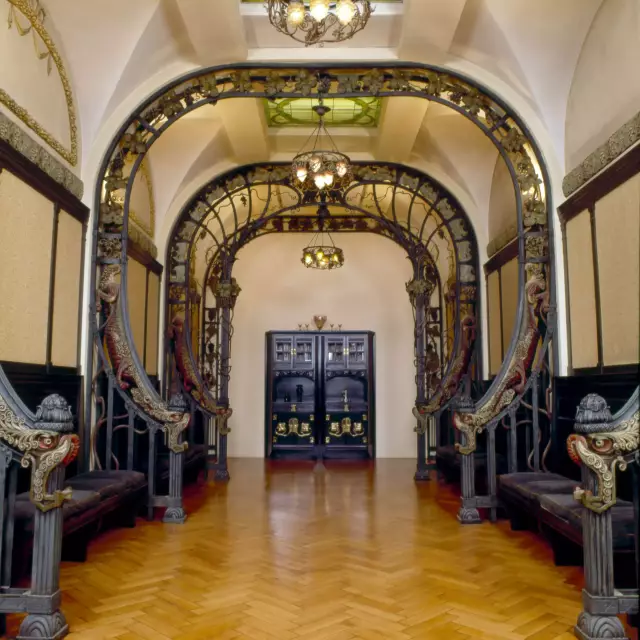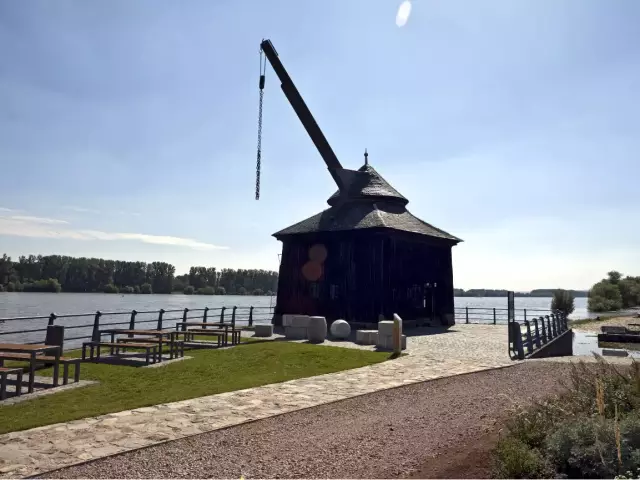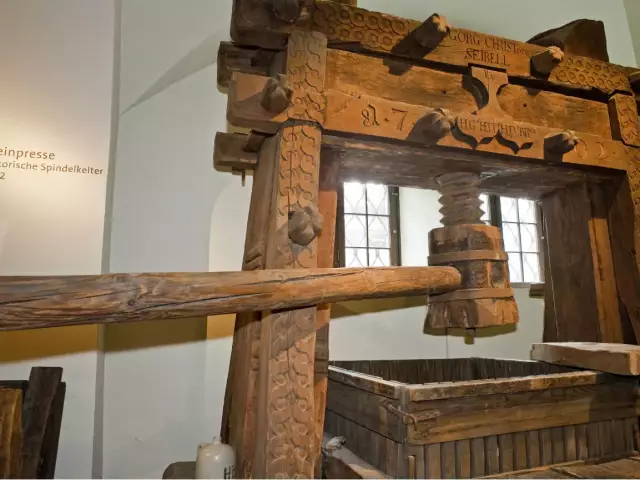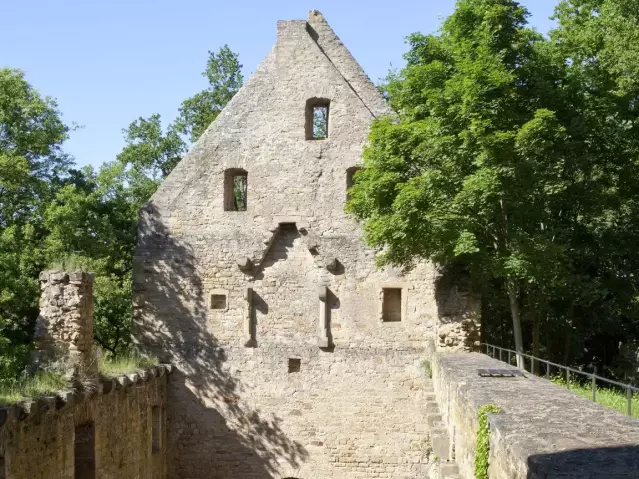Kupferberg Sekt Museum in Mainz

The sparkling pleasure of sekt has a long tradition in Mainz and a multi-layered one. Kupferberg, former sparkling wine producers, have seven layers of cellars under their grand Villa overlooking the city.
60 cellars, stretching out in seven layers underneath the earth, is the treasure of the sekt producers of Kupferberg, situated on the Kästrich hill in Mainz - they are the cellars with the deepest reaching levels in the whole world. It is now a museum and event space, where you can enjoy a glass of sekt in the ambient surrounds.
The old fermentation cellars date back to the Middle Ages, however, remnants found by archeologists such as wine amphoras, wine jugs and bowls, the oldest of which were 2000 years old, date them even further, all the way back to Roman times.
It was the perfect ground for what was once the most famous sekt producer in Germany: In 1850, the export merchant Christian Adalbert Kupferberg founded the cellar under the name "Fabrication moussirender Weine" – the fabrication of sparkling wines. The name "Kupferberg Gold" was patented already in 1852, making it one of the oldest brand names in Germany. The founder presented his sparkling wines at the World Fair of 1862 in London but also maintained close personal ties to chancellor Otto von Bismarck as well as the French region of Champagne. In 1872, Kupferberg was turned into a stock corporation, then in 1978, the Racke company from Bingen bought the majority of the stocks, thereby becoming the new owners of Kupferberg. In 2004, however, the brand name Kupferberg was sold to the sparkling wine producers Henkell which is owned by the Oetker group.
The old cellars on and beneath the Mainzer Kästrich still exist today – displaying a unique museum with the world's largest collection of champagne glasses. The Kupferberg owners were also pioneers of advertising as the exhibits on display also demonstrate. One of the museum's highlights is the Hall of Grapes, the "Traubensaal", a pavilion made of iron richly decorated with vine leaves, grapes and tendrils which was designed for the World Fair of 1900 in Paris – a true masterpiece of Art Nouveau.




